Dennis O. Williams
Collector, Raleigh, NC
Dennis O. Williams, a test engineer for an analytics software company in Cary, North Carolina, owns one of the world’s leading private collections of mid-19th-century photographs of African Americans. A collector for over 20 years, he joined the Daguerreian Society in 2007 and has served as a board member (2011-2013), Treasurer (2013-2016), and longtime member of the Auction Committee. In November 2020, he spoke at the Society’s virtual Symposium, participating on a panel about early African American photography with his friend and fellow collector Craig James. Currently, a significant portion of Dennis’s collection is on exhibit at the Virginia Museum of Fine Arts in Richmond.
When did you start collecting early photography and how did you get into it?
In 2002, a coworker asked me about my collecting interest and I told him I collect Black memorabilia. He further asked if I had ever considered photographs. “What are you talking about?,” I responded. He proceeded to go on eBay to show me a tintype of a young Black boy. I was excited by what I saw. He helped me bid on the image and I eventually won it. When the tintype arrived and I opened the package, I immediately changed my collecting interest to early photographs of Black Americans.
Later I started searching online for more images. EBay was a good source, but I wanted to find more. I came across a site called finedags.com. My initial thought was, “Look at THESE things!” [Laughs.] I called the phone number on the site and Dennis Waters picked up. I asked him about daguerreotypes and he told me about African American daguerreotypes. He didn't have any at the moment, but he said, “If I come across one, I'll send you something.” I stayed in touch with him so that he would remember my interest.
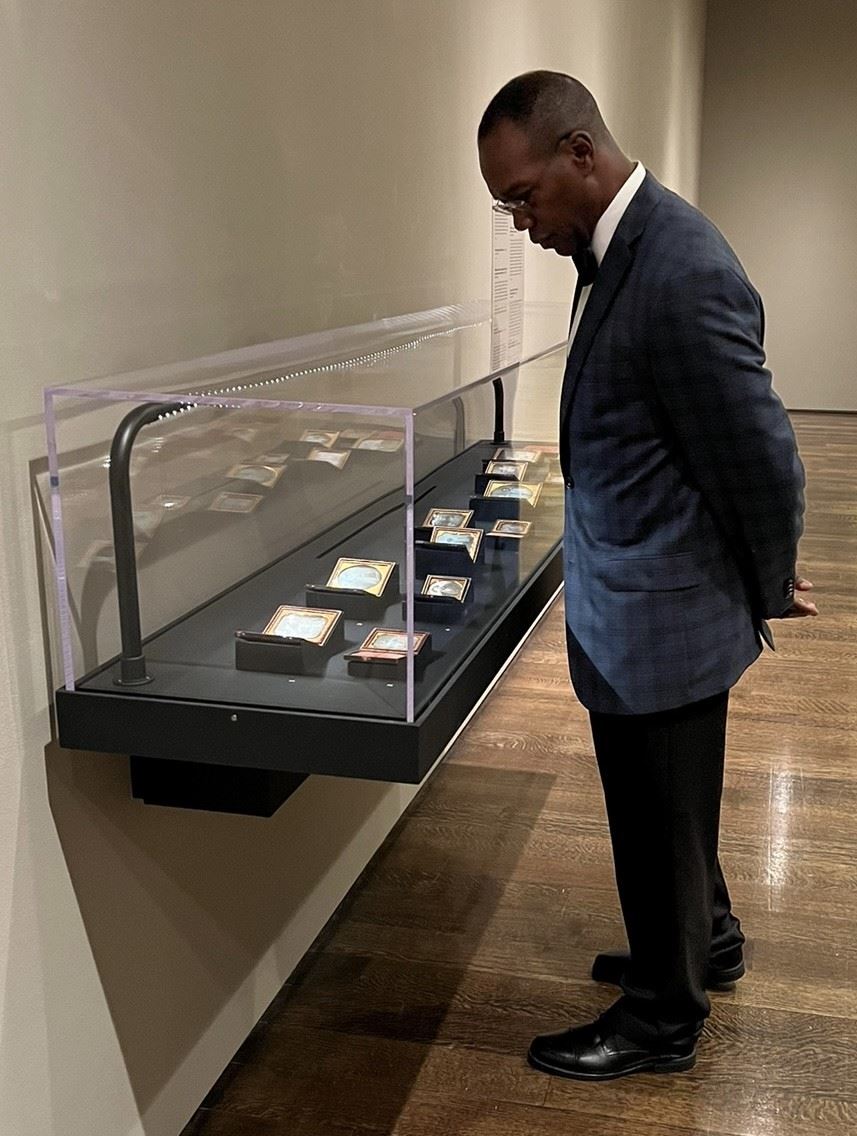
In 2003, I attended the Daguerreian Symposium in Savannah, Georgia. The Symposium featured an exhibit of Greg French’s early African American photographs. The gallery was lined from wall to wall with outstanding images, at least 80, primarily daguerreotypes. Society members viewed these images with the utmost attention. I knew then that I wanted to advance my collection of African American daguerreotypes.
Tell me about your collection today.
I have approximately 50 images, primarily daguerreotypes of African Americans. When I started, I aimed to collect only slavery-related images, such as African American women with white children or African American children with white children. As I viewed other images of African Americans in other photographic formats, I knew I had to broaden my focus to include any Black American, enslaved or free. I also extended my collection to include a select number of other photographic processes in order to have a complete collection.
Early photographs of Black Americans are highly collectible and therefore relatively expensive. How have you been able to finance your passion?
I have been fortunate enough to fund my passion through my personal finances. I have traded and/or sold images a few times to obtain something better.
You currently have an exhibition at the Virginia Museum of Fine Arts titled “A Powerful Influence: Early Photographs of African Americans from the Collection of Dennis O. Williams.” It includes around 25 portraits of Black Americans including daguerreotypes, ambrotypes, tintypes, and early works on paper. What message would you like visitors to take away from the exhibition, which runs through May 8?
As visitors view these images, I want them to have three takeaways. First, I want people to visualize African Americans’ impact on society at that time. African Americans were present but not seen. The exhibit allows the viewer to see African Americans from the perspective of a person and not a property. Second, I want the exhibit to initiate meaningful conversation. For example, one of the images in the exhibit is of a young African American boy standing behind a young white boy. The young African American boy’s expression shows he was obligated to be there. This topic of a “sense of obligation” sparks a conversation about the relationship between the two young boys. Finally, I want viewers of the exhibit to understand photography’s powerful influence on African Americans. This influence is seen in Frederick Douglass's claim that because of daguerreotypes, “the humblest servant girl may now possess a picture of herself such as the wealth of kings could not purchase fifty years ago.”
Anything else you’d like to say about the show?
This exhibition is personal to me because I was born in southern Virginia. I am incredibly humbled that I was invited to exhibit a significant part of my collection in the Virginia state museum.
What is your aspiration as a collector?
I would like to obtain a photograph of one of the pioneering African American advocates for the abolition of slavery, such as Frederick Douglass or Sojourner Truth.
Anything else you’d like to add?
These images are a crucial part of history, as they document the fact that African Americans were present and actively seeking representation in the 19th century. I hope they will serve as a source of inspiration and empowerment for all who see them.
Four personal favorites from the collection of Dennis O. Williams
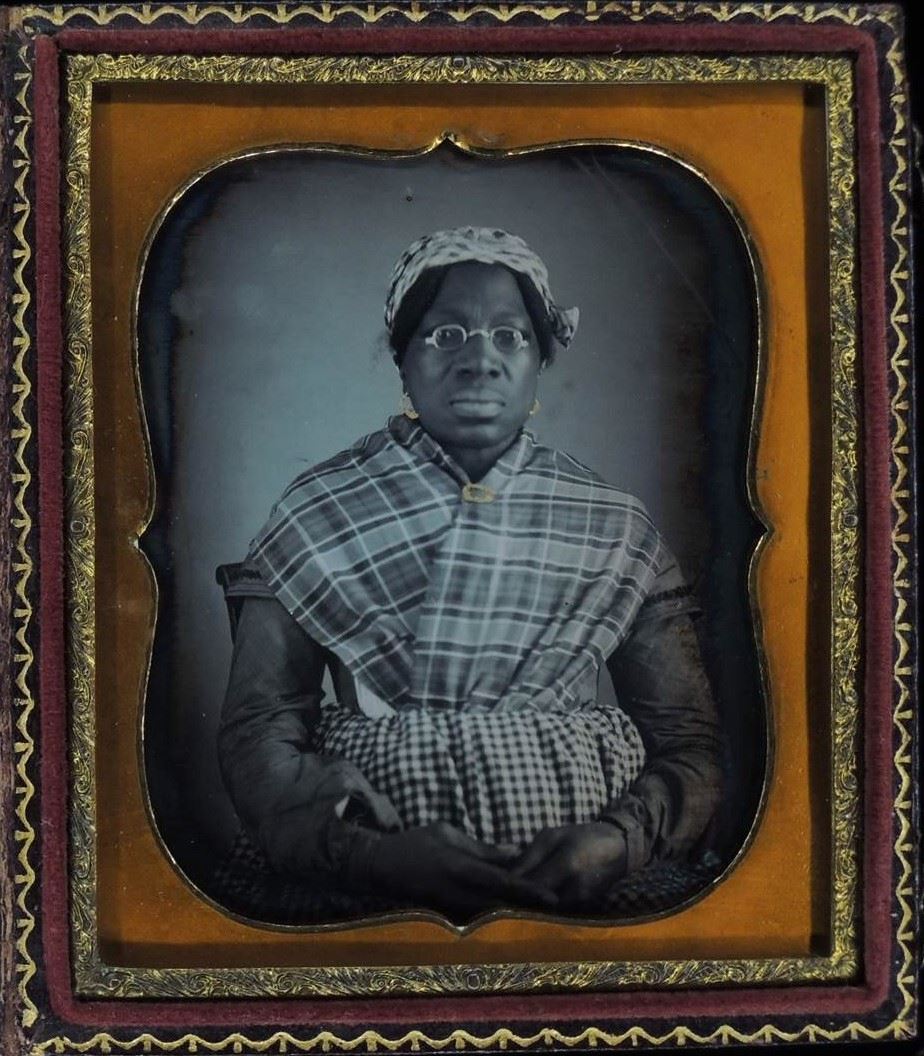
Woman with Spectacles
Sixth-plate daguerreotype, ca. 1850
“My first daguerreotype purchase”
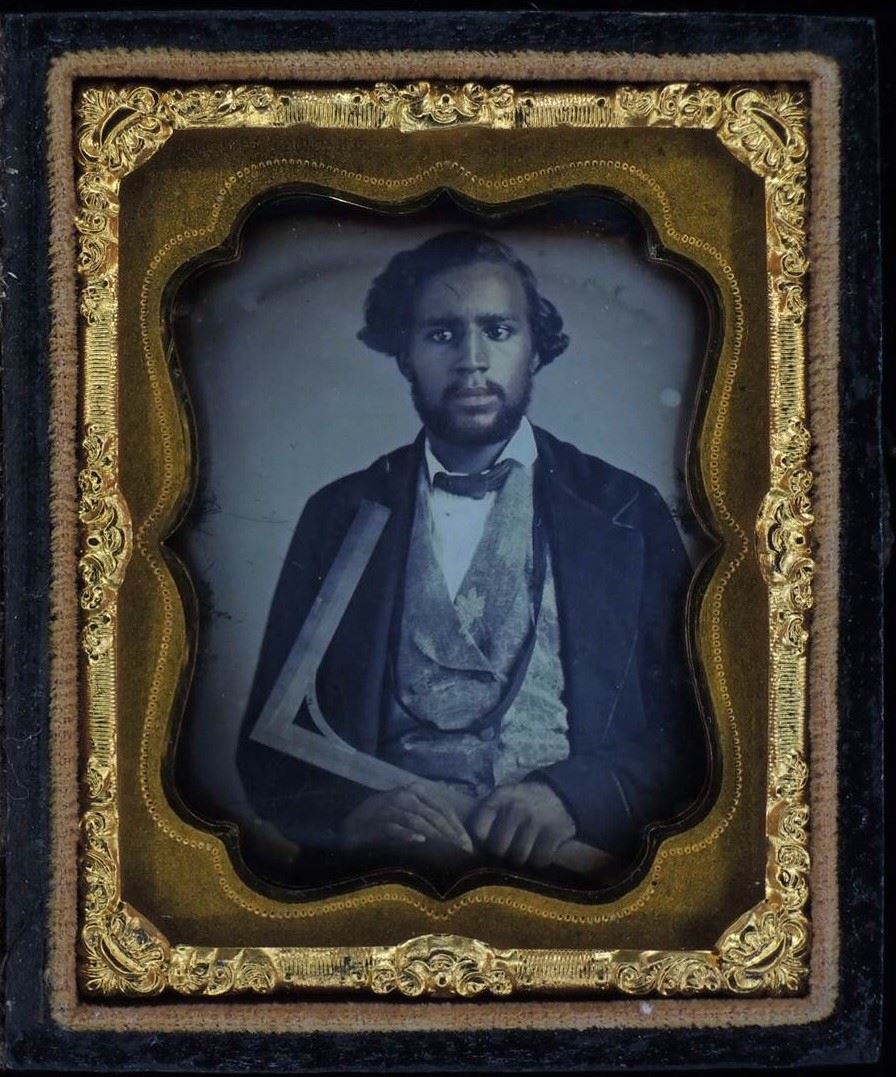 Haywood Dixon, a Master Carpenter at the Sandy
Haywood Dixon, a Master Carpenter at the Sandy
Lawn Plantation in Greene County, North Carolina
Ninth-plate daguerreotype, ca. 1858
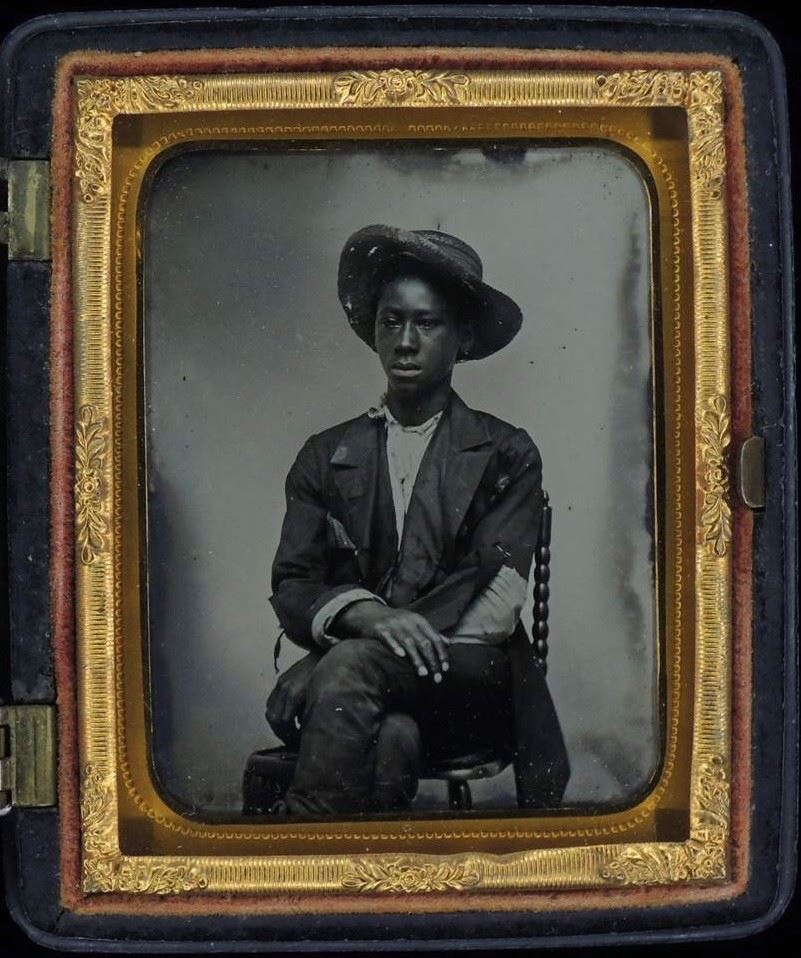
Young Man with Tattered Clothing
Ninth-plate ambrotype, ca. 1860
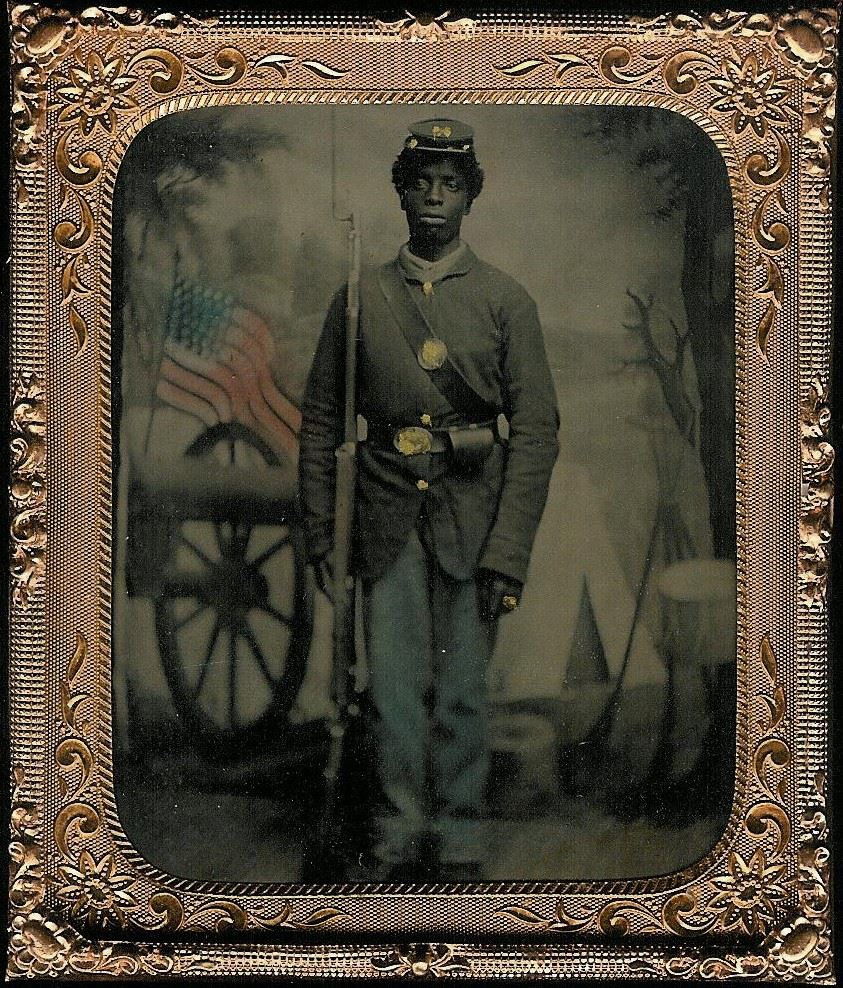
Civil War Soldier
Sixth-plate tintype, ca. 1863-65

